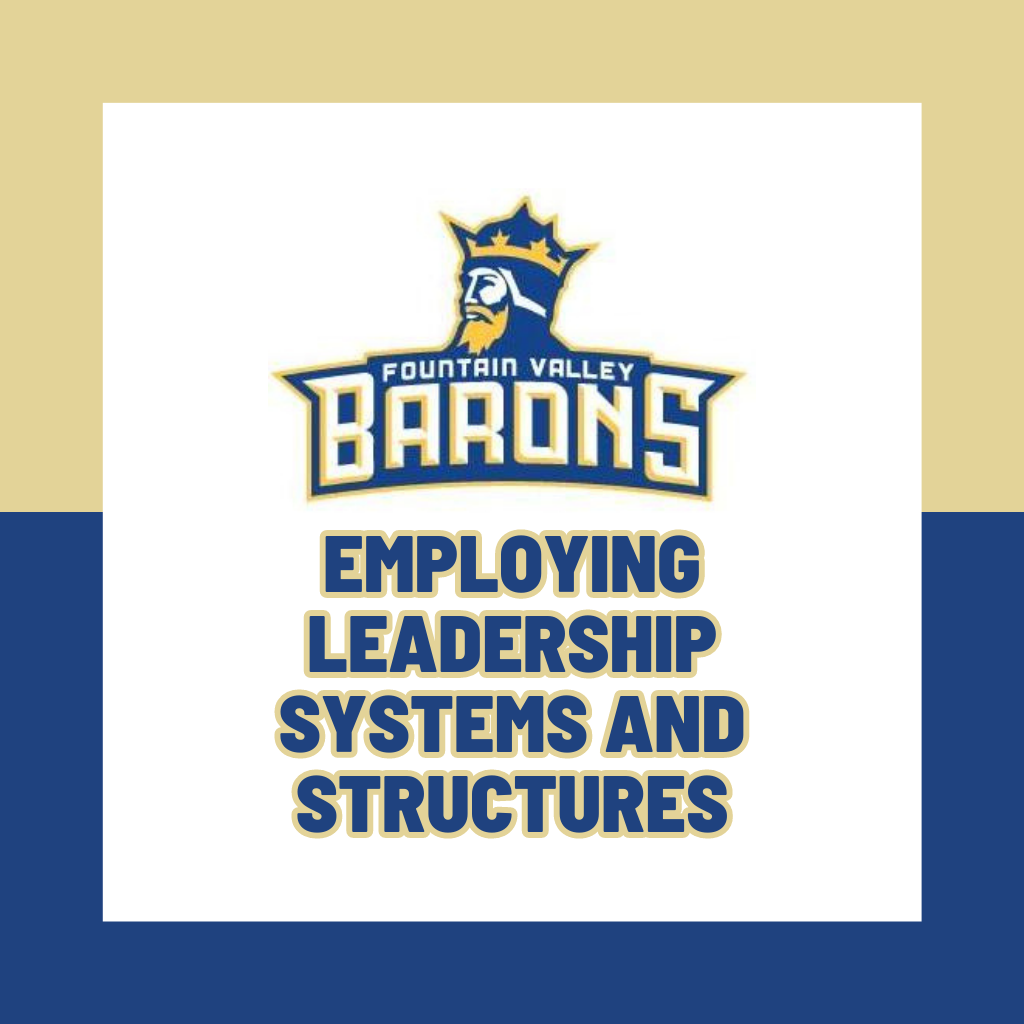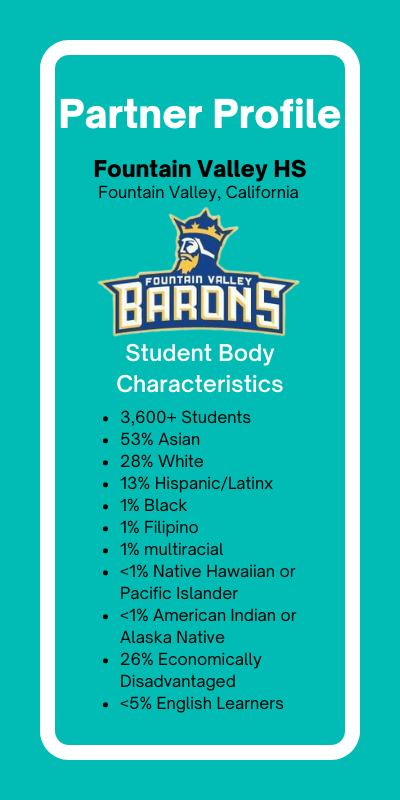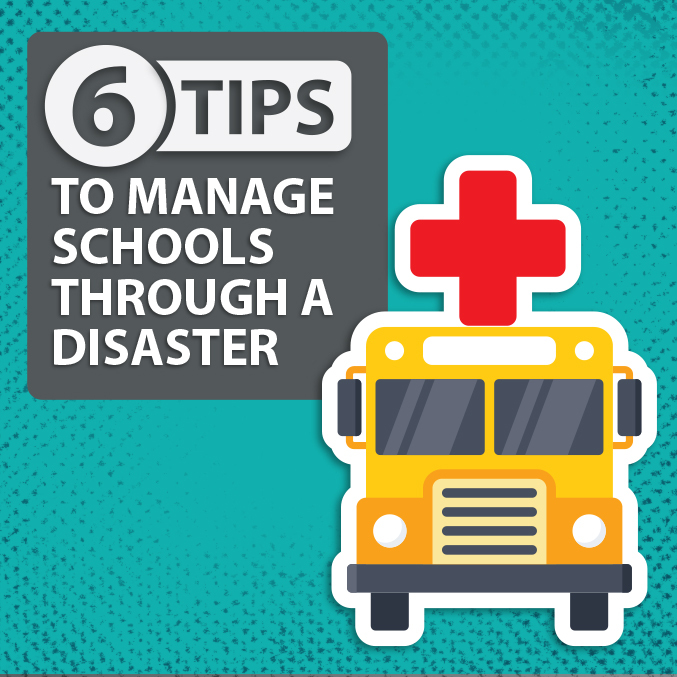
Fountain Valley High School: Employing Leadership Systems and Structures
At Fountain Valley High School, the leadership team has long realized that leadership in large, comprehensive schools needs to be shared and systematically distributed to key stakeholders. So, Principal Morgan Smith employed a leadership structure that allows the school’s vision, values, and beliefs to drive critical decisions, while both informing and being informed by the work of multiple teams that make up the school’s leadership structure. As principal, Morgan empowers assistant principals, key teacher-leaders, key staff-leaders, and community leaders to make decisions.
What was the need?
At Fountain Valley High School, the leadership team has long realized that leadership in large, comprehensive schools needs to be shared and systematically distributed to key stakeholders. It is unrealistic to expect that a single individual will be able to lead all the teams needed to run a large school, let alone an MTSS effort. Leadership needs to be thought of as a system, which means that effective structures and processes need to be developed to ensure that the school as a whole is moving coherently toward a shared, established vision.
What did Fountain Valley do to address the need?

Principal Morgan Smith employed a leadership structure that allows the school’s vision, values, and beliefs to drive critical decisions, while both informing and being informed by the work of multiple teams that make up the school’s leadership structure. As principal, he empowers assistant principals, key teacher-leaders, key staff-leaders, and community leaders to make decisions.
Morgan has developed a communication infrastructure with clear guidelines and expectations, so all staff know when, where, and how they can participate and provide input on decisions regarding policy, practice, and new initiatives. Leadership intentionally “goes slow to go fast,” with the belief that there is no limit to the level of preparation, organization, and communication that can go into any implementation. The leadership matrix, both formally and informally, provides an opportunity for Morgan to lead across the school, as each team serves a specific role and is accountable for specific responsibilities.
Additionally, Morgan’s own personal leadership style is to focus on relationships and build bridges between key stakeholder groups, with the goal of connecting the school as a whole. He sets benchmark goals, delegates responsibility to the appropriate teams, and then serves and supports his staff in their efforts to achieve their goals, rather than micromanaging the efforts of individuals or teams. The leadership infrastructure that Fountain Valley employs benefits from this approach as teams address overlapping agenda items (policy, practice, and initiatives) from multiple perspectives and approaches.

How’s it working?
Fountain Valley has an established, functional, and effective leadership structure that has served the school well for years. It has established communication channels for key stakeholders including parents, families, students, and community partners that are used to frame issues and inform key decisions for the school as a whole. The greatest challenge for Fountain Valley, from an MTSS perspective, is being able to address the specific, individualized needs of kids who are struggling in a school with almost 3,700 students. As it moves forward with its MTSS efforts, the school will continue to ensure that all students are known and that their individual needs are met in a timely fashion.











Responses